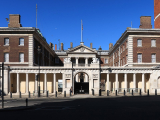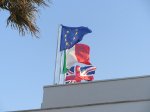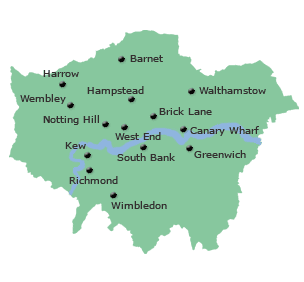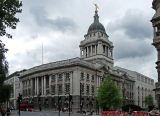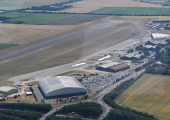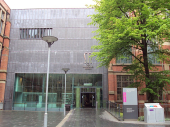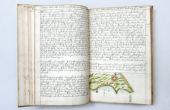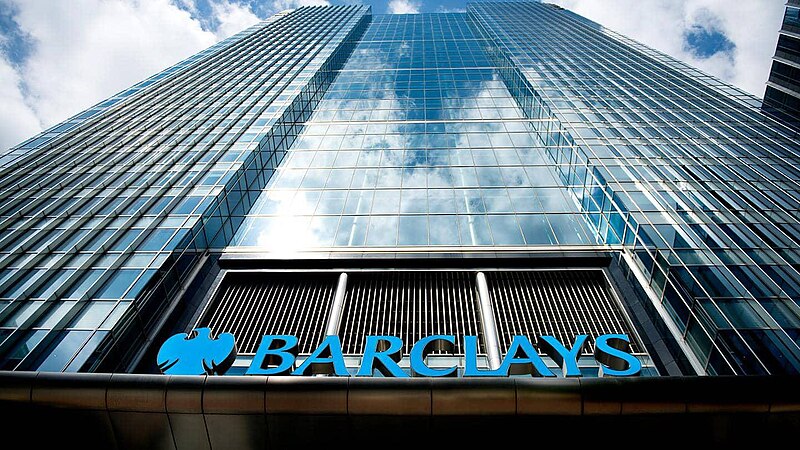
Barclays reported a stronger-than-expected 23% rise in first-half profits, driven by a surge in trading activity sparked by U.S. President Donald Trump’s trade tariffs.
The British bank posted a pretax profit of £5.2 billion ($6.9 billion) for the January to June period, beating analysts’ forecasts of £4.96 billion.
Barclays also announced a £1 billion share buyback and a half-year dividend of 3 pence per share, bringing total capital returns to shareholders to £1.4 billion — a 21% increase from the previous year.
The earnings were bolstered by the bank’s investment division, which outperformed despite a strategic shift toward expanding domestic retail and corporate banking operations.
“We remain on track with our three-year strategy to deliver higher and more stable returns,” said CEO C. S. Venkatakrishnan.
Analyst Jonathan Pierce of Jefferies noted that the strong results make Barclays' 2026 target of over 12% return on tangible equity increasingly realistic.
Barclays shares edged up 0.2% in early trading, keeping pace with modest gains in the FTSE 100 index.
The bank also said that the financial fallout from a UK investigation into motor finance commission disclosures could be “materially different” from the £90 million provision already set aside. A key Supreme Court ruling on the matter is expected Friday.
Trading division outperforms
Like U.S. peers such as Goldman Sachs, Barclays saw trading profits swell amid market turbulence.
Equities trading revenue rose 25%, outpacing the average 18% rise reported by the top five U.S. banks. Revenue from fixed income, currencies, and commodities trading climbed 26%, well above the 14% average increase posted by Bank of America, Citigroup, JPMorgan, Goldman Sachs, and Morgan Stanley.
However, Barclays lagged behind in investment banking advisory fees, which dropped 16%, compared to a 13% average increase among its Wall Street rivals. Photo by GroupEditor, Wikimedia commons.












